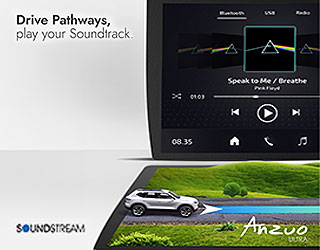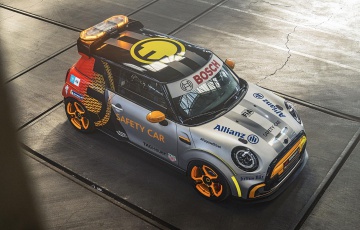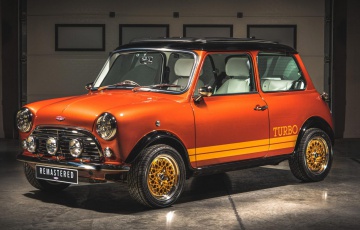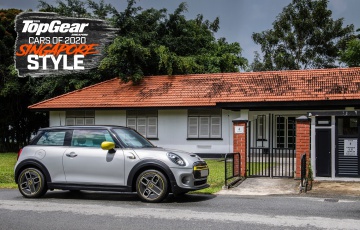Flyin' the Coop : 1998 Mini Cooper Drive [Review]
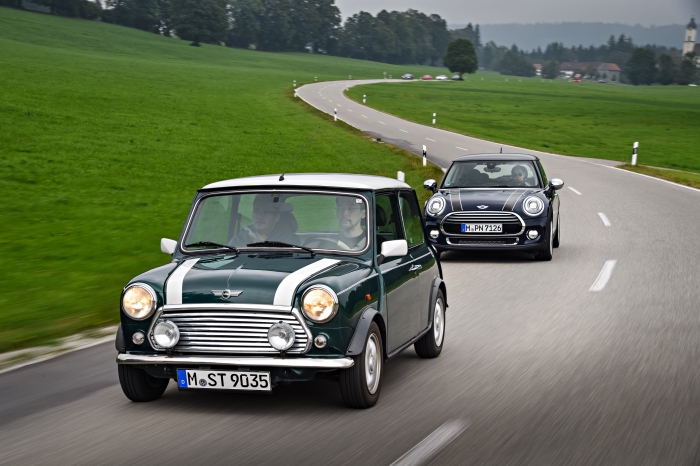
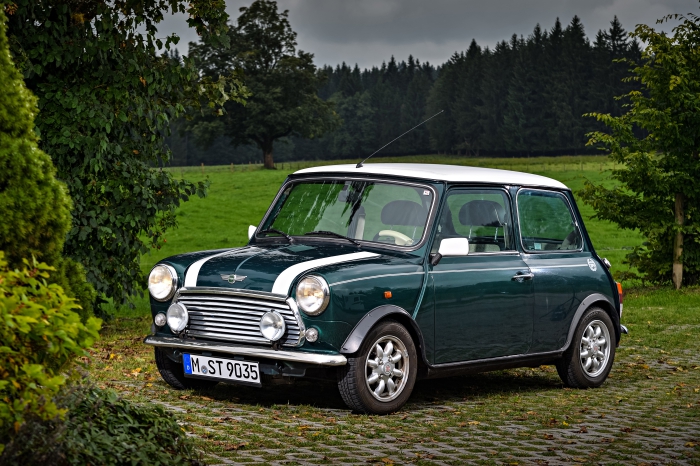
MUNICH, GERMANY – Compared to the other cars in our entourage, the classic Mini Cooper is positively… mini – especially in contrast to its modern MINI incarnation (small-caps for the original; all-caps for the current model) – which is no bad thing as far as we’re concerned. However, we should add that even the MINI is also relatively compact, as far as modern cars are concerned, so that’s pretty par for the course then…
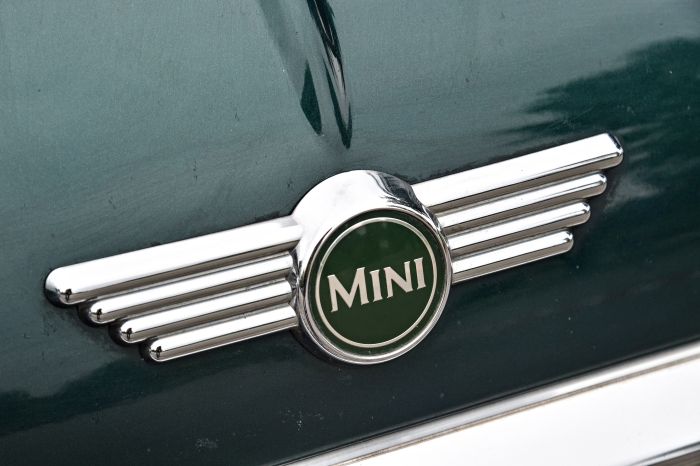
So what made Sir Alec Issigonis’ cult classic ‘econo-box’ city-car such a big hit on both the rally and fashion circuits? Well, this enduring (and endearing) cherub is cheeky, perky and could accommodate four adults in relative comfort – it was also honest to a fault (in both name and function), and have we mentioned what a big hoot it is to drive yet?
Even today, there isn’t more than a handful of cars that can evoke a wry smile from the motorist you’ve cut off in the city – however we should qualify that in most cases, we were cheerily waved on by both young and old drivers alike.
While our Carmen was living the tropical dream in Bali with the sea, the sand and a fleet young, sunny MINIs for company, a few of us grinchy old’uns were in Munich with a bevy of older dates that we enjoyed back-to-back with their younger, nubile counterparts. You would have read about our exploits in the youngtimer BMWs, the E23 745i and E30 M3, and this Mini tops-off the last of the three pairs of cars we drove.
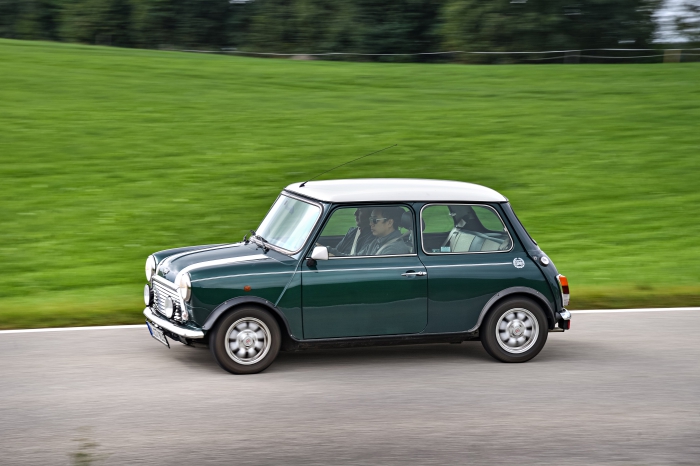
To the untrained eye, the Mini looks indistinguishable from its forebears, but this example, in British Racing Green and white go-faster ‘racing’ stripes, is actually a seventh (and last) generation that was produced in 1998 (and under BMW stewardship) – fact fans might like to know that the last ever Mini produced rolled out of the Longbridge plant in 2000.
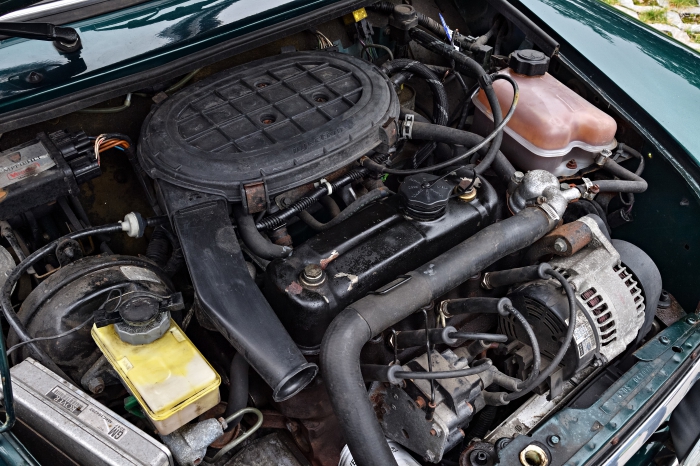
At the heart of our irrepressible road-trip companion beats a multipoint-injected 1275cc four-cylinder that produces 63bhp and 95Nm; sounds like a pittance until you consider its sub-750kg kerbweight, and mind you, this is already heavier than the earlier generations.
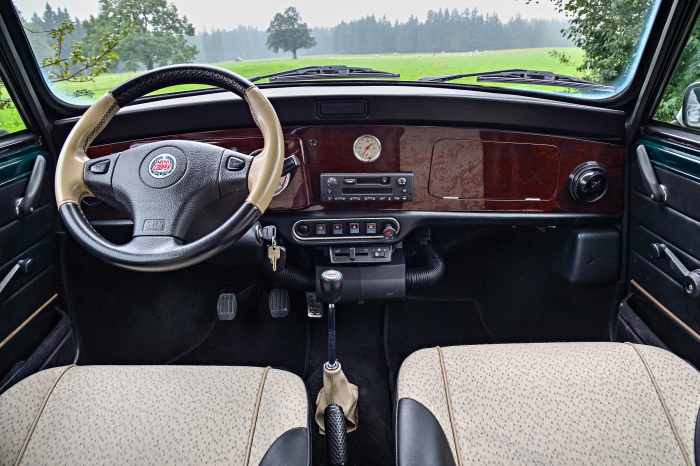
So it looks like any other classic Mini, but the 7th generation also brings a host of ‘modern’ luxuries to the car’s otherwise modest appointments, even though this inadvertently ends up adding weight to the Mini’s package.
It gets a chunky, airbag steering wheel, relatively modern seats and matching leather shift-boot, as well as a dark walnut dashboard – unseen are the side-impact bars to improve the tiny tyke’s crashworthiness. With this iteration, BMW also took the opportunity to launch the ‘Mini’ as a brand in its own right, which would pave the way for the arrival of the all-BMW ‘MINI’ in 2001.
(We attend the 2019 International Mini Meet to celebrate the 60th birthday of Mini... click HERE to read about it)
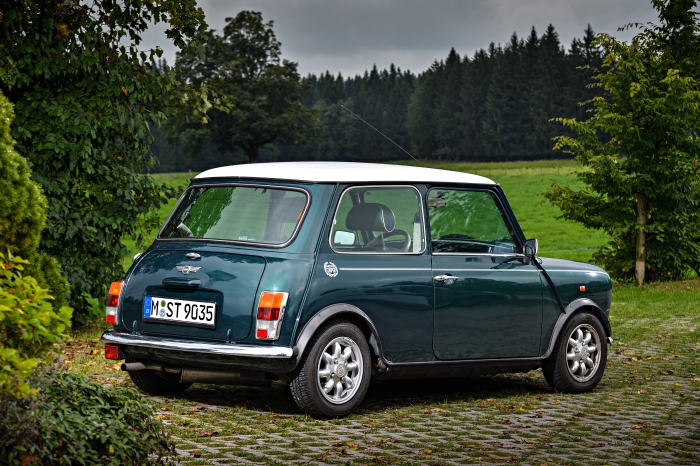
The first thing folks from right-hand-drive countries need to get used to is the left-hooker’s pedal placement, which is more offset than on its right-hand-drive counterparts; otherwise there are no finicky multimedia-interfaces or vehicle customisation what-nots to distract you from the task at hand: driving.
We traverse a good mix of highways and b-roads, and predictably, it is the latter that really allows the brilliance of the Mini’s chassis to shine through.
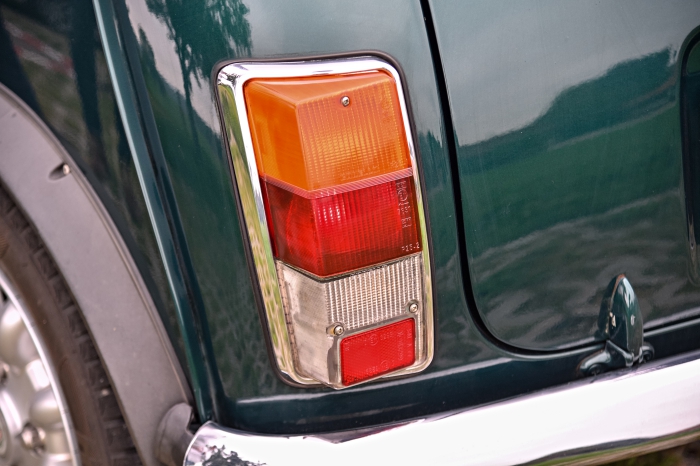
On the highways, the car struggles to breach the 150km/h mark (downhill stretches help!), and with only four forward gears to play with, the constant ruckus can try one’s nerves, but all is forgiven the moment you enjoy the satisfaction of stringing together a series of corners on the back-lanes, as you really begin to appreciate what ‘they’ meant by “gokart handling”.
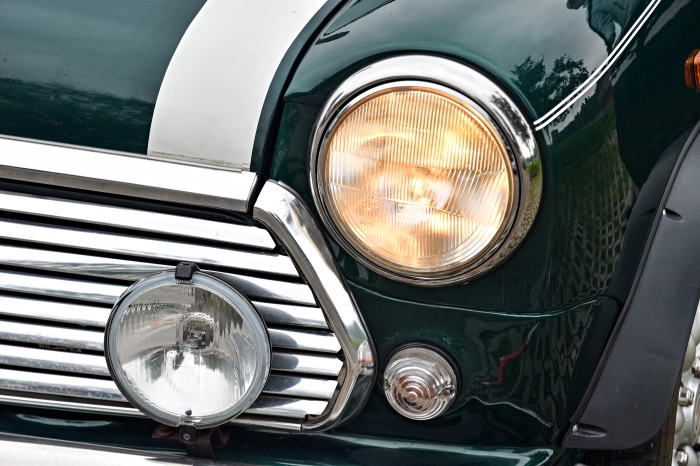
It’s as bouncy as the ‘74 Mini we remember driving many years ago and the older car’s in-gear acceleration as you worked the wand-like shifter seems even more brisk, but the amount of feel and physical exertion from driving any Mini hard, including its snappy, agile handling, remains unchanged and helps separate truly fun cars from just the fast ones.
Without the low rpm pull of a modern lag-free turbo’d engine (like in the MINI Cooper we also try) or a large capacity nat-asp engine, it takes strategy and commitment to maintain enough speed on the exit of the corner by keeping the engine on the boil throughout – much like a recreational gokart.
We reckon a lot of the thrill in driving is in the sighting and having to think about how to tackle a fast road, not just effortless point-and-squirt that so many modern sportscars are proud to tout these days – sitting so low in the Mini only helps to amplify the sensation of speed.
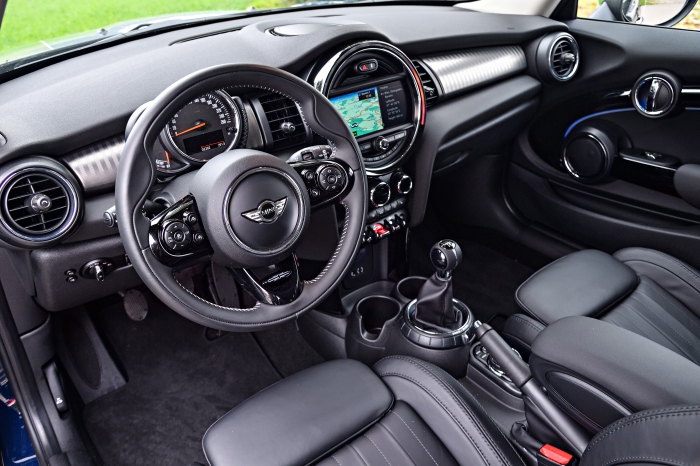
When we hopped into the modern MINI, it was startling to see how ‘plush’ the cabin has become, with on-the-fly customisation for everything from drive programmes to ambient lighting.
Like its predecessor, this is manual, albeit in a 6spd flavour, and the turbocharged 1.5-litre produces 136bhp and 220Nm, more than double the original’s.
The good spread of torque and prodigious grip levels make light work of the winding roads, as it breathes down the neck of its grand-pappy without working the driver or car too hard.
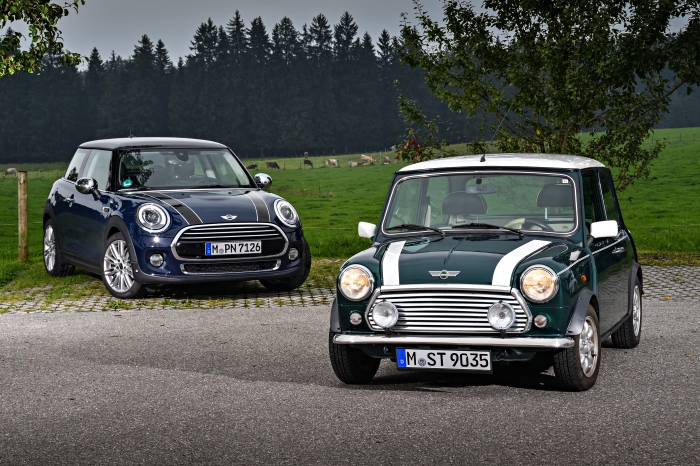
In case you’re still trying to figure out where we stand, an involving and engaging car shouldn’t be about absolute speed alone – it should let you relish the thrill of the drive.
We’re not embarrassed to confess that the E30 M3, E23 745i and this classic Mini certainly pushed all the right buttons for us, and that’s not to say we haven’t been in faster cars. However, when we think about the cars that left us smiling ear-to-ear this year, these three youngtimers make pretty good contenders...
PHOTOS Uwe Fischer
Mini Cooper (1998)
1275cc, inline4, nat-asp
63bhp, 95Nm
0-100km/h 12.2secs, 145km/h vmax
MINI Cooper (2016)
1499cc, inline4, turbo
136bhp, 220Nm
0-100km/h 7.9secs, 210km/h vmax
This feature first appeared in Top Gear Singapore #56 (November 2016)
